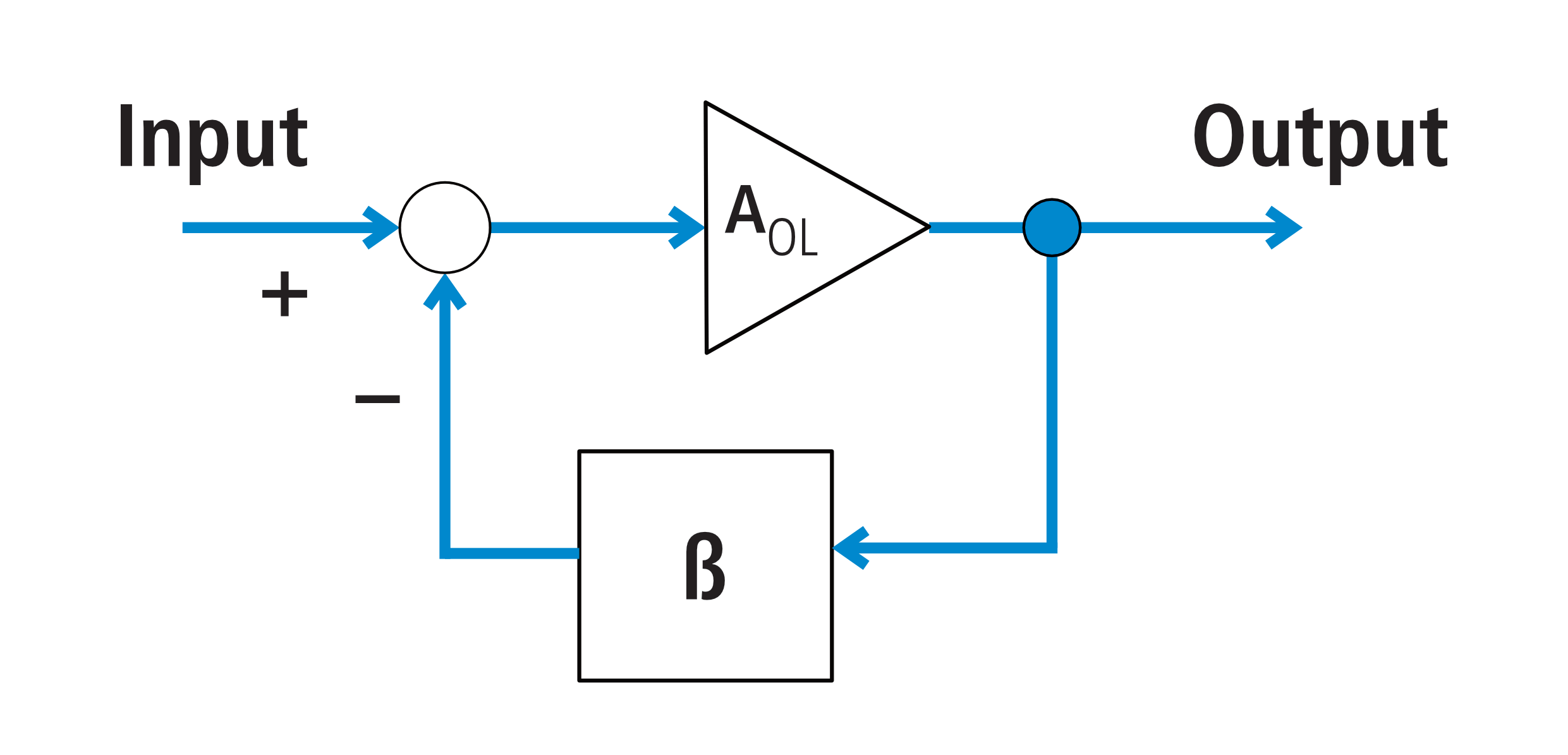Negative Feedback in a guitar amplifier refers to a technique employed in the output or power stage of certain amplifiers. Its presence or absence, as well as its degree of implementation, significantly impact the amp's sound, its transition from clean to dirty, and, most importantly, the playing feel.
In essence, negative feedback involves extracting a portion of the signal from the power amp's output and feeding it back to the power amp's input, where it is compared to the original input signal originating from the preamp stage. If any discrepancies arise between the two signals, the amplifier endeavors to rectify them. This process helps extend and even out the frequency response, promotes stable and linear behavior from the power amp, and generally contributes to a cleaner and more precise sound.

However, this arrangement holds true only until the signal intensifies enough to push the power amp into distortion. When faced with an amplifier operating in a decidedly nonlinear manner, the negative feedback loop loses its ability to self-correct. At this point, the constraints are lifted, and the power amp is free to distort.
Consequently, an amplifier with ample negative feedback will maintain a cleaner tone for a longer duration as the volume increases, offering more "clean headroom." Nevertheless, once a certain threshold is surpassed, it will abruptly and significantly distort. Conversely, in the absence of negative feedback, the gain is increased, causing the amp to distort much earlier, yet the transition will be smooth and gradual, without a distinct boundary between clean and dirty tones. Some individuals prefer amplifiers that eschew negative feedback, often praising the "natural" or "organic" quality of their overdrive. On the other hand, others appreciate the precise and responsive feel that negative feedback imparts, allowing them to effortlessly switch from very clean to heavily distorted sounds merely by modulating their picking dynamics.